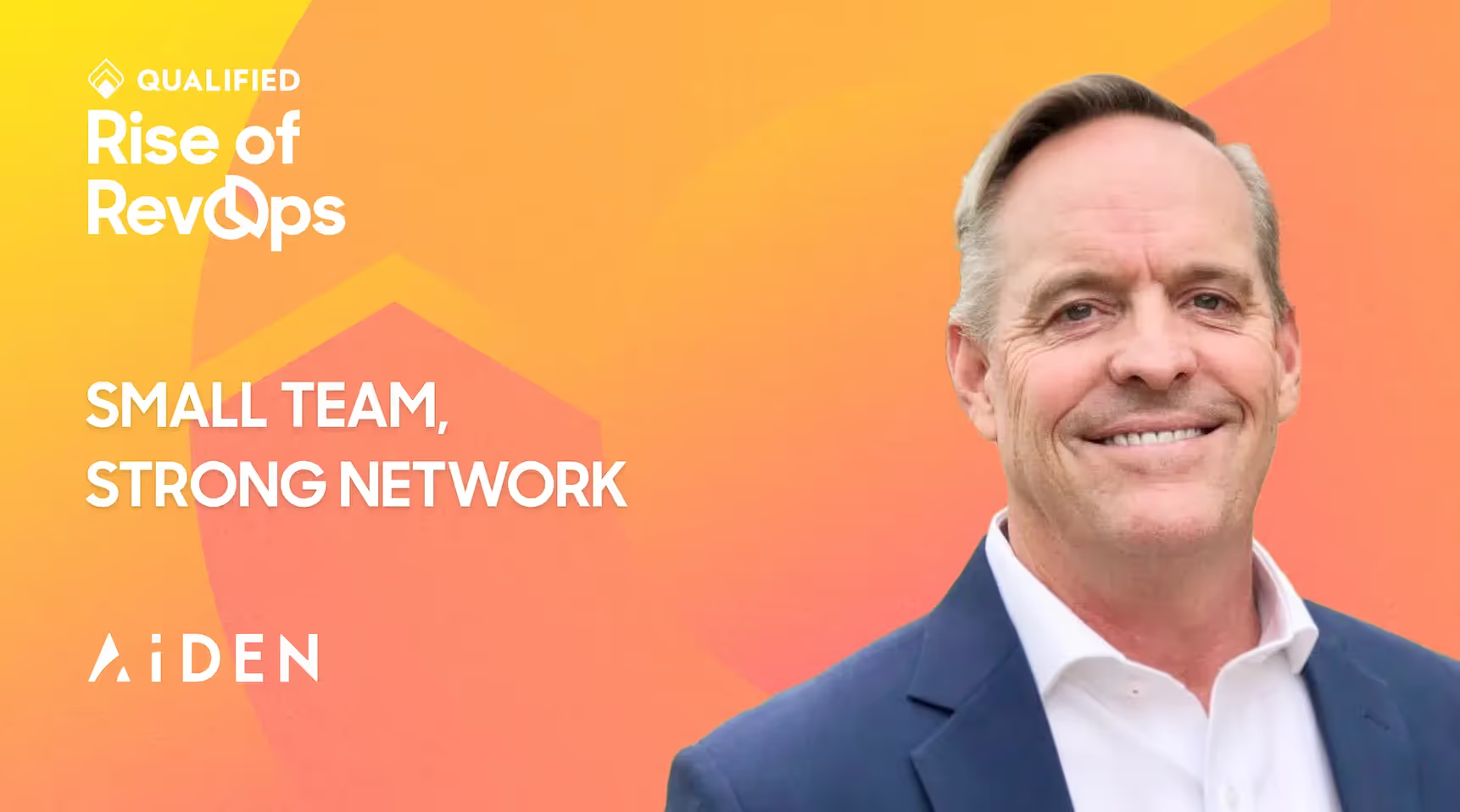Small Team, Strong Network
On this episode, Todd describes how to organize your startup for success, and how to make RevOps reflect your go-to-market strategy. He also dives into which decision-makers are most important in his process.




On this episode, Todd describes how to organize your startup for success, and how to make RevOps reflect your go-to-market strategy. He also dives into which decision-makers are most important in his process.

In this episode, Todd describes how to organize your startup for success, and how to make RevOps reflect your go-to-market strategy. He also dives into which decision-makers are most important in his process.
Key Takeaways
Stay up to date with weekly drops of fresh B2B marketing and sales content.
On this episode, Todd describes how to organize your startup for success, and how to make RevOps reflect your go-to-market strategy. He also dives into which decision-makers are most important in his process.


In this episode, Todd describes how to organize your startup for success, and how to make RevOps reflect your go-to-market strategy. He also dives into which decision-makers are most important in his process.
Key Takeaways
Stay up to date with weekly drops of fresh B2B marketing and sales content.
On this episode, Todd describes how to organize your startup for success, and how to make RevOps reflect your go-to-market strategy. He also dives into which decision-makers are most important in his process.


In this episode, Todd describes how to organize your startup for success, and how to make RevOps reflect your go-to-market strategy. He also dives into which decision-makers are most important in his process.
Key Takeaways
Stay up to date with weekly drops of fresh B2B marketing and sales content.
On this episode, Todd describes how to organize your startup for success, and how to make RevOps reflect your go-to-market strategy. He also dives into which decision-makers are most important in his process.



In this episode, Todd describes how to organize your startup for success, and how to make RevOps reflect your go-to-market strategy. He also dives into which decision-makers are most important in his process.
Key Takeaways
Discover how we can help you convert more prospects into pipeline–right from your website.